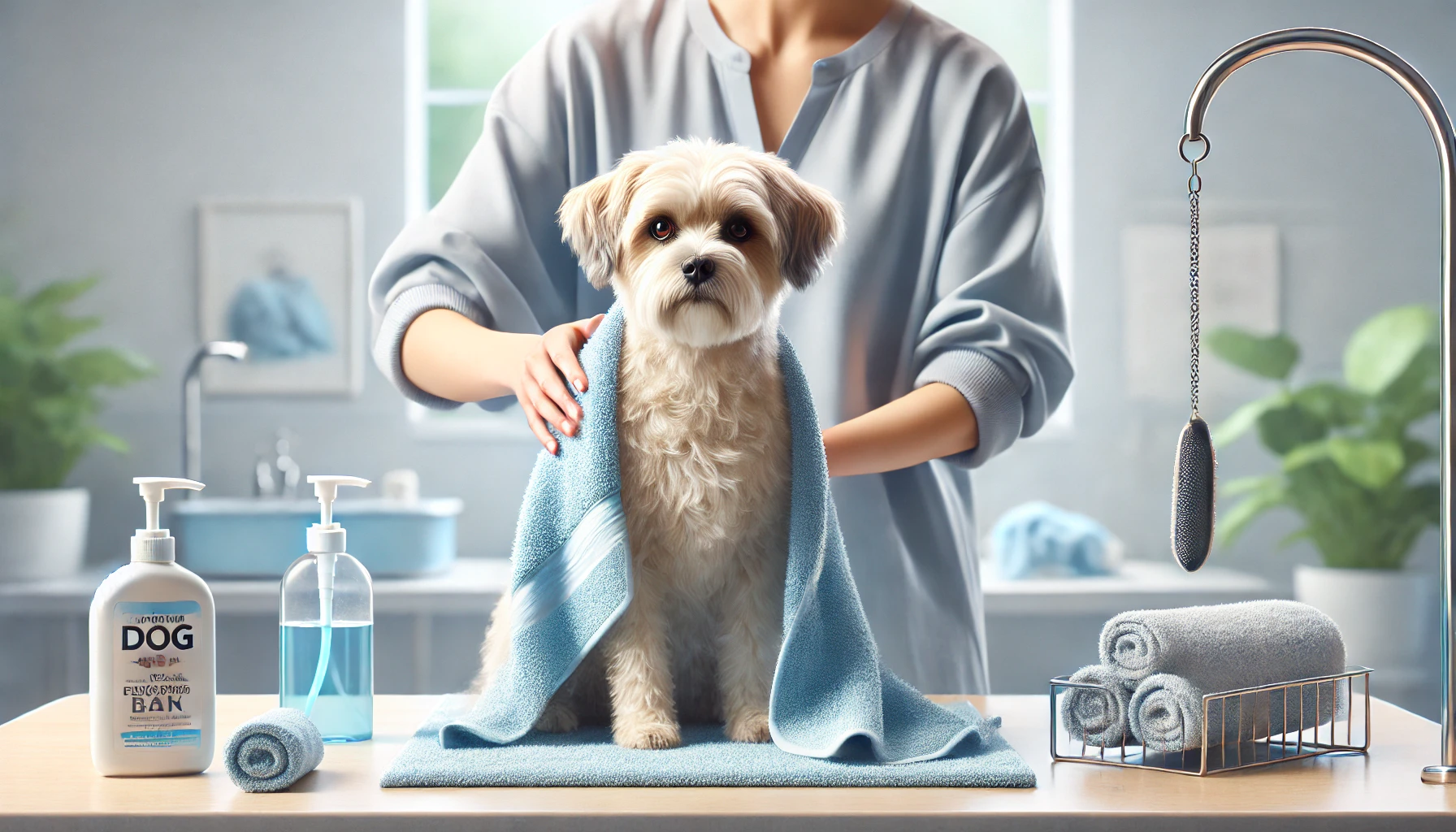Check out this answer from Consensus:
Getting rid of fleas requires a comprehensive approach that includes both treating pets and managing the environment. Topical treatments like imidacloprid and fipronil, oral treatments like lufenuron, and environmental control measures such as regular cleaning and the use of insecticides or biopesticides can all contribute to effective flea control. By following these strategies, pet owners can protect their pets and homes from the discomfort and health risks associated with flea infestations.
Fleas are a common nuisance for pet owners and can cause significant discomfort for both pets and humans. Effective flea control requires a comprehensive approach that targets both the adult fleas and their immature stages in the environment. This article will explore various methods and treatments to eliminate fleas from your pets and home.
Understanding Flea Infestations
Fleas are small, wingless insects that feed on the blood of mammals and birds. They can cause itching, allergic reactions, and transmit diseases. Flea infestations can quickly escalate if not addressed promptly, as fleas reproduce rapidly.
Topical Treatments
Imidacloprid
Imidacloprid is a widely used topical treatment for flea control. Studies have shown that a single application of imidacloprid can significantly reduce flea populations on pets. For instance, one study found that imidacloprid reduced flea burdens on pets by 96% within 7 days and by 98.8% after three monthly applications1. Another study reported similar results, with a 95.3% reduction in flea populations on pets within 7 days of application2.
Fipronil
Fipronil is another effective topical treatment. Research indicates that a single application of fipronil can reduce flea populations on pets by 97.5% within 7 days2. Both imidacloprid and fipronil have been shown to be highly effective in controlling flea infestations when applied monthly.
Oral Treatments
Lufenuron
Lufenuron is an oral treatment that works as an insect growth regulator, preventing flea eggs from hatching. When combined with a pyrethrin spray, lufenuron has been shown to reduce flea numbers on pets by 91.1% within 28 days and by 99.2% by the end of a 90-day study1.
Sarolaner-Selamectin Combination
A combination of sarolaner and selamectin, applied topically, has also proven effective. In a study conducted in Florida, this combination reduced flea populations on cats by 96.3% within 7 days and achieved 100% efficacy by week 69.
Environmental Control
Regular Cleaning
Maintaining a clean environment is crucial in controlling flea infestations. Regular vacuuming, washing pet bedding, and cleaning carpets can help reduce flea populations in the home7.
Insecticides
Insecticides such as organophosphates, methyl-carbamates, pyrethroids, and organo-chlorine compounds can be used to treat the environment. These should be applied carefully to avoid harm to pets and humans7.
Biopesticides
Recent advancements in biopesticides offer a safer alternative to chemical insecticides. Biopesticides use microbial agents to target and kill fleas, reducing the risk of chemical exposure to pets and humans10.
Integrated Pest Management
Effective flea control often requires an integrated approach that combines multiple methods. This includes treating all pets in the household, using a combination of topical and oral treatments, and maintaining a clean environment. Understanding the flea life cycle and targeting both adult fleas and their immature stages can help achieve long-term control4 6.
